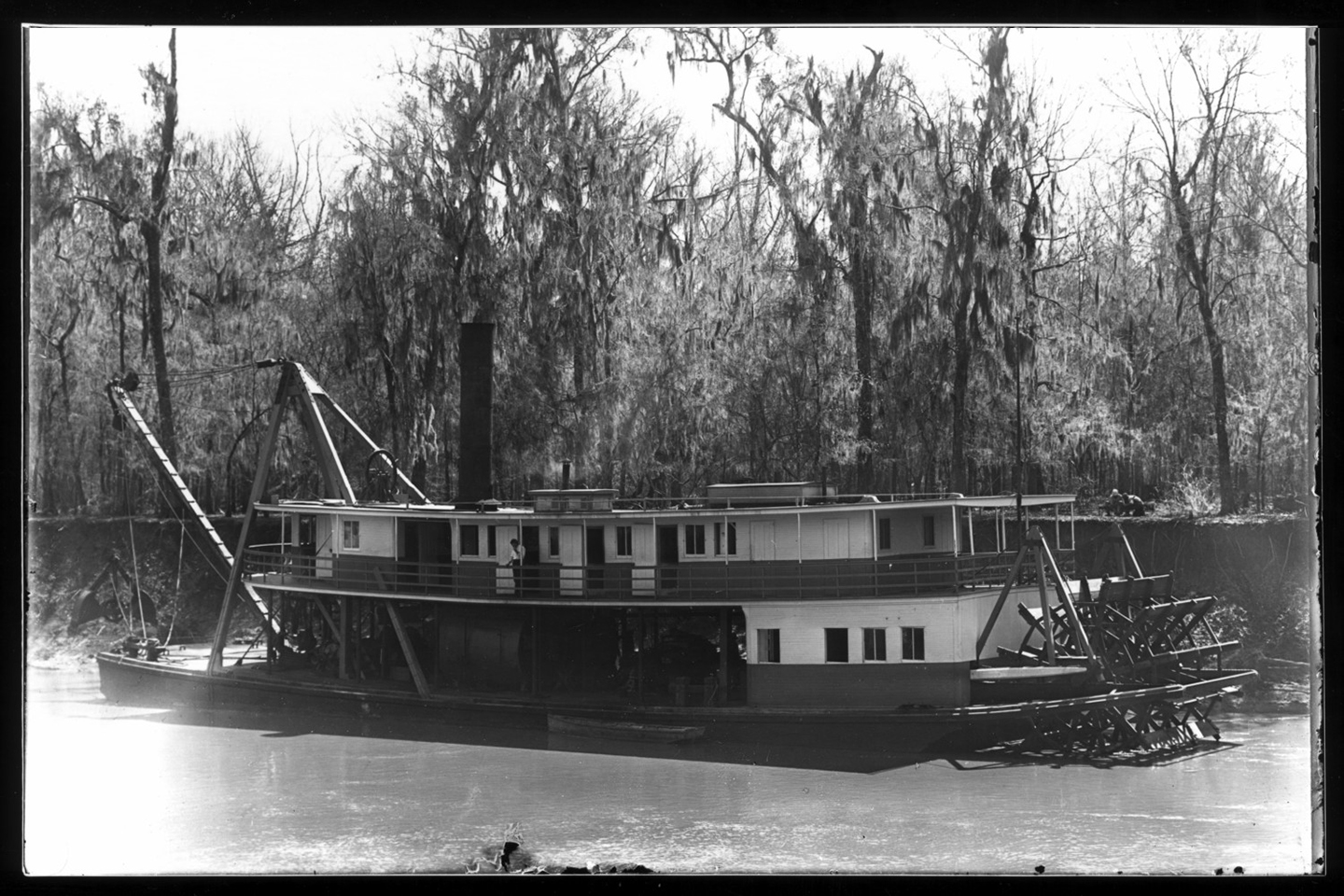Historian Finds Navigation of Trinity Century-Old Plan
Fort Worth Star Telegram, September 30, 1941

Present day advocates of Trinity River navigation are following a trail blazed for them by Texans of nearly a century ago, Homer DeGolyer of Dallas told the Tarrant County Historical Society Monday night.
Early Texans along the coast traced the course of the stream on the map and looked to it hopefully as an easier means of reaching the few isolated outposts of North Texas than by the trackless and dangerous overland routes.
Brought to light by DeGolyer's research is a newspaper article written in 1844, predicting that the Trinity River would become an important commercial avenue between Gulf Coast cities and the "settlements in the Cross Timbers."
Most important of these settlements was Bird's Fort, a few miles northeast of what later was to be Fort Worth. The fort, from which Birdville got its name, was established in 1841 and is pointed out by DeGolyer as the second settlement* to be planted in the upper Trinity watershed area.
DeGolyer is a stalker of hidden history. Neglected or long buried incidents in the history of the Southwest are his quarry, and a microfilm camera is his weapon.
Through Texas, the Middle West and the East he has hunted out and photographed hundreds of rare, valuable or little known books, maps and documents bearing on the early history of the State, recording them on 35-millimeter movie film.
It was in one of his searches in the files of the old Houston Morning Star that he uncovered the article about navigation of the Trinity River between Galveston and the precarious settlement in the cross timbers known as Bird's Fort.

After describing the difficulties of reaching the settlement by overland routes, the newspaper article said: "There is a nearer route by the Trinity whenever it admits of steamboat navigation as far as Magnolia, which is about 100 miles by land and about 270 miles by meandering of the river to Dallas in the colony."
Date of the founding of Bird's Fort, which was looked upon as an important extension of the frontier into North Texas, was placed by DeGolyer as the last week in September or the first week in October of 1841. It was established at the mouth of Fossil Creek by Jonathan Bird as a trading post.
It was, according to DeGolyer, in existence as late as 1844, but he has found no record of when it was abandoned. The 1843 peace treaty between the Texas Republic and the Indians (except the Comanches and the Wichitas, whose suspicions kept them away) was signed at the fort exactly 98 years ago Monday.
*Factual Error: Bird's Fort was the first Anglo settlement to be planted in the upper Trinity watershed area.

